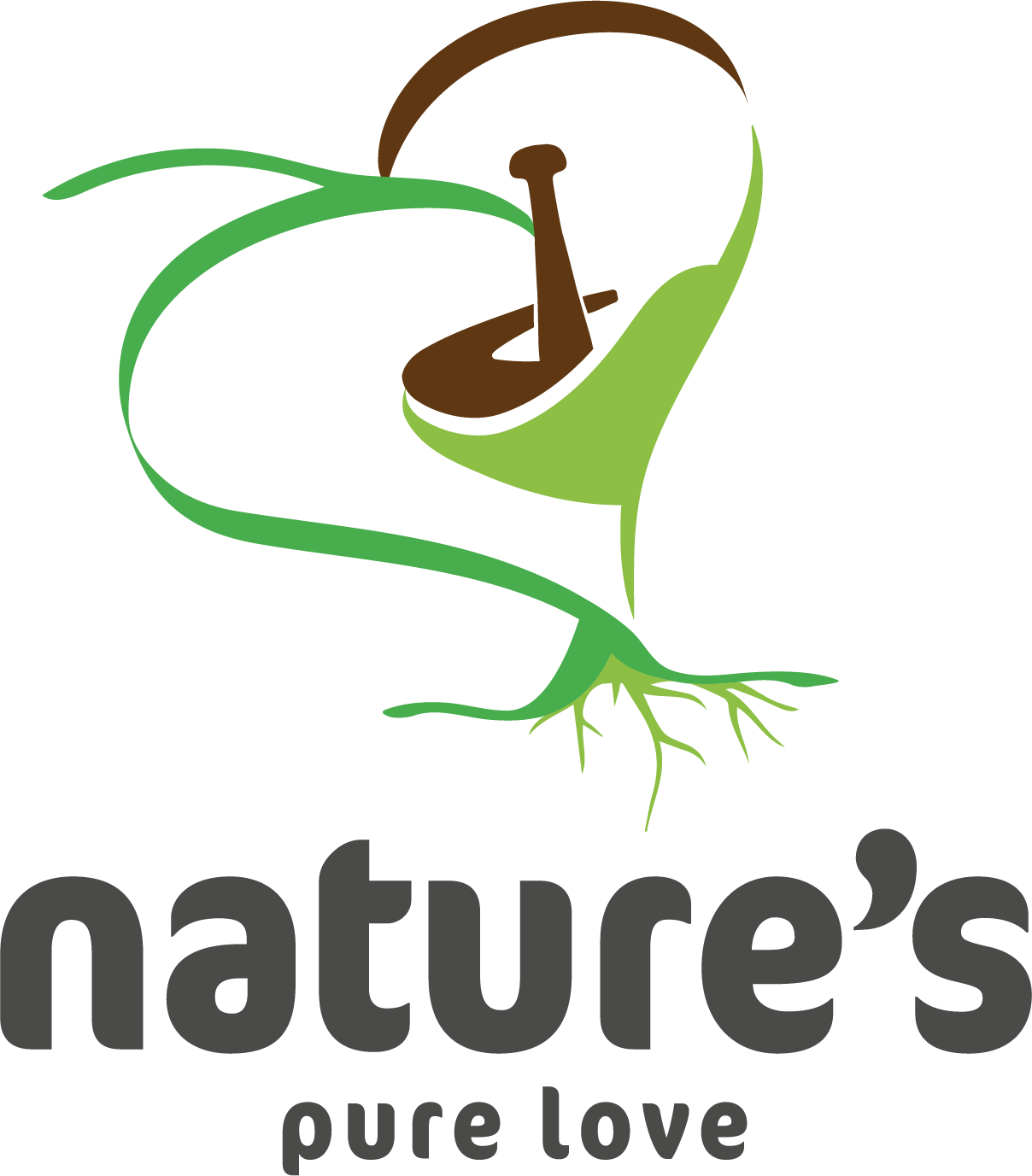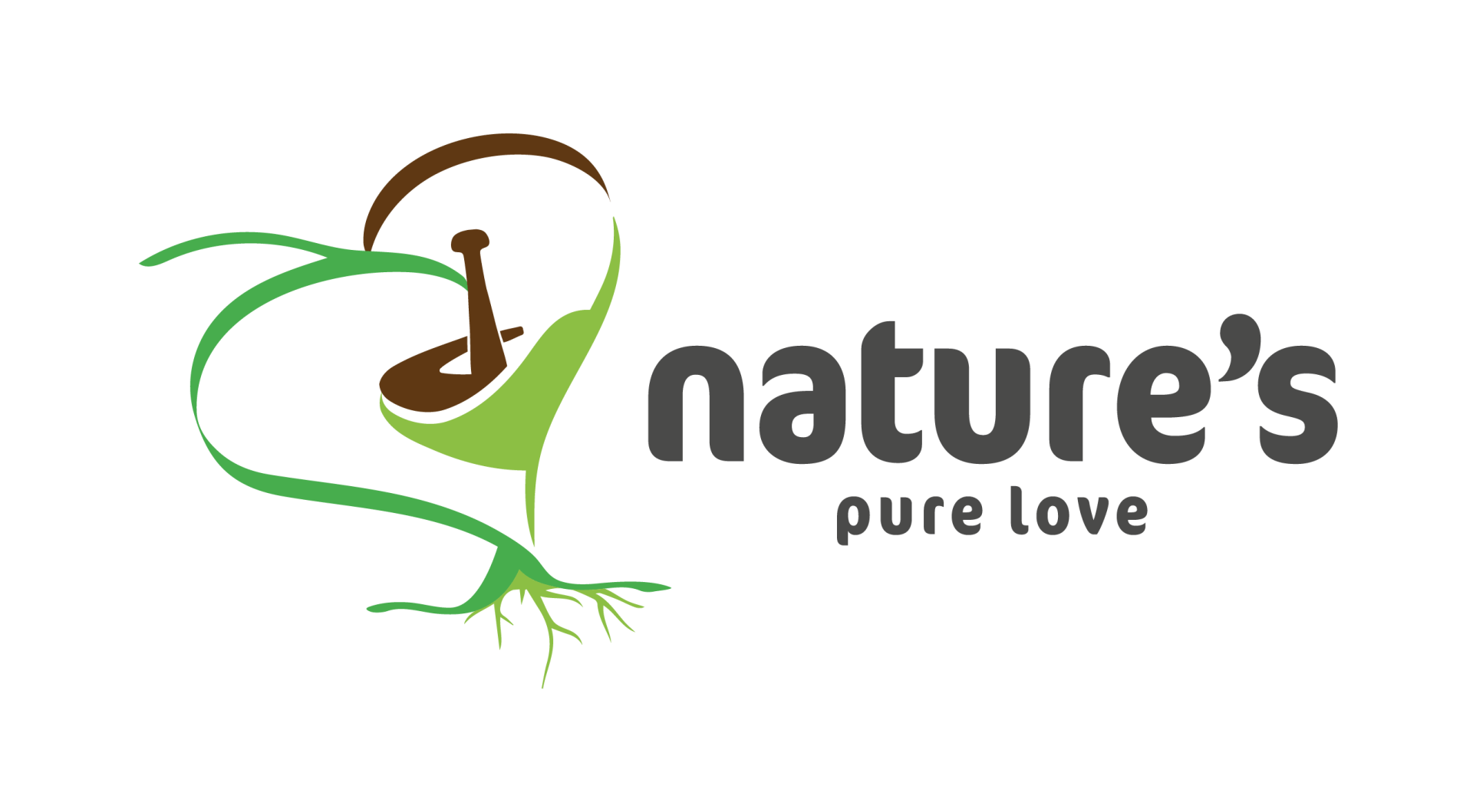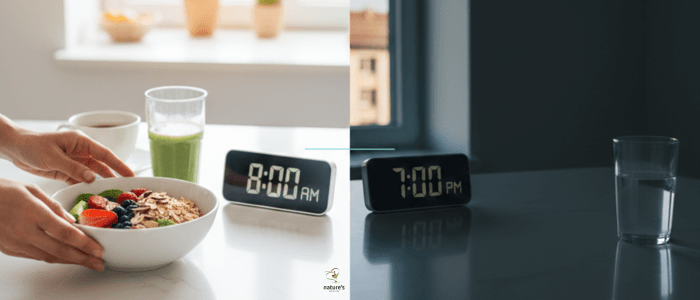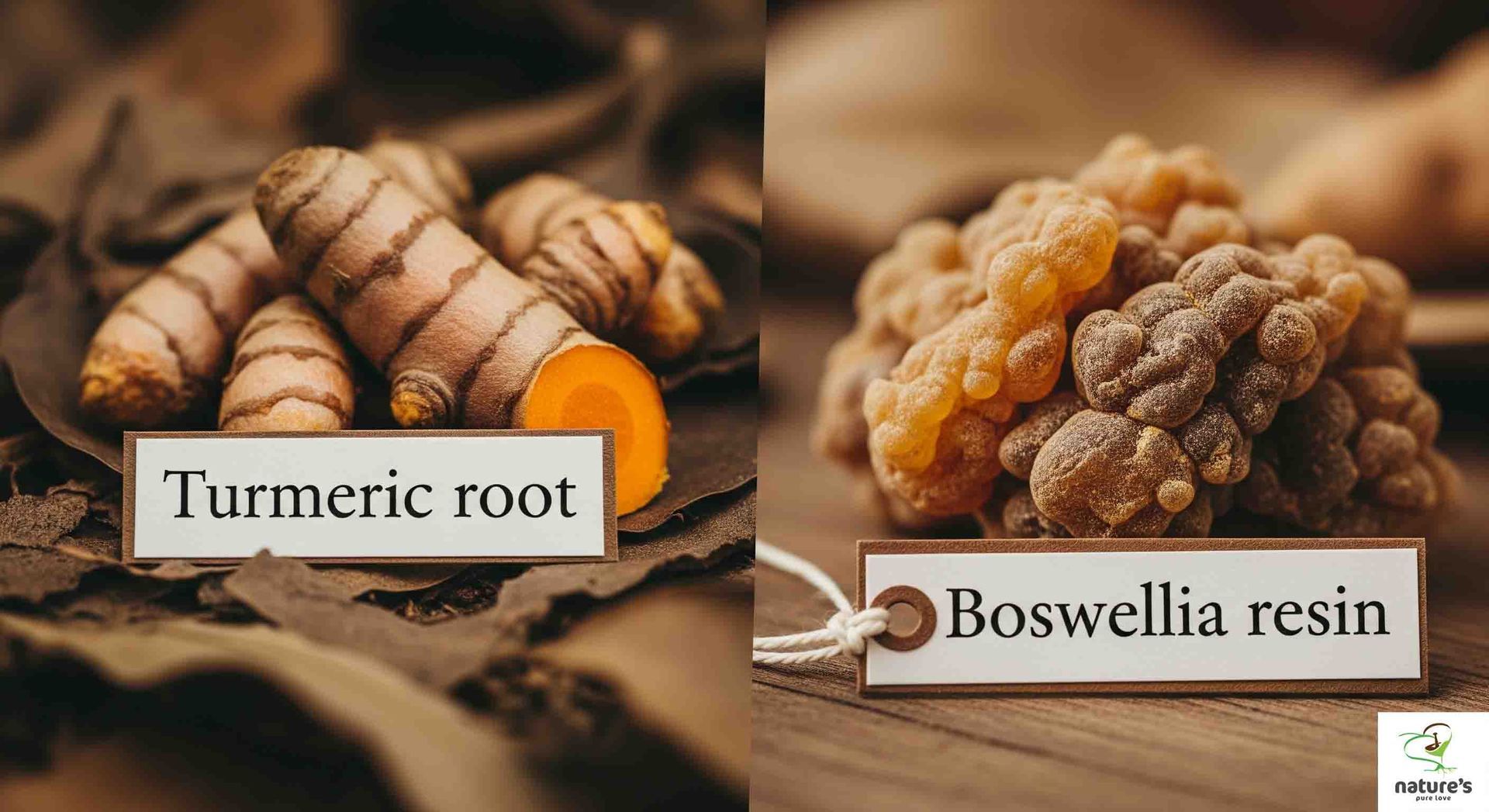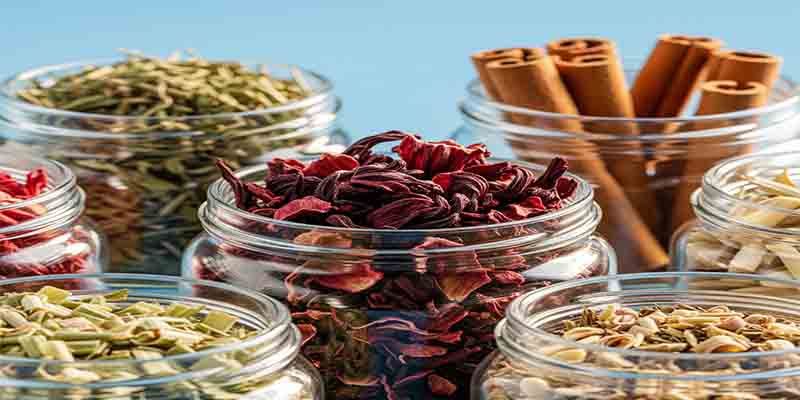Ultimate Guide to Healthy Lifestyle Tips
The Ultimate Guide to Healthy Lifestyle Tips: Transform Your Mind and Body Naturally
Are you sick and tired of being sick and tired? Do you dream of waking up with more energy, managing your weight effortlessly, or finding natural relief from persistent pain? This guide is for you. Whether you're looking to embark on a weight management journey, ease the burden of chronic pain, or simply live with more vitality and balance, you've come to the right place.
Many of us are bombarded with conflicting advice and the myth that healthy living requires drastic, all-or-nothing changes. The reality? Wellness is a journey, not a sprint. It's about focusing on simple, consistent habits that fit into your lifestyle. This isn't about willpower alone; it's about nurturing your body with clean nutrition and natural balance, understanding that your metabolism, hormones, sleep, stress, and gut health all play major roles[1][2][3]. And no, self-care isn't selfish – it’s the foundation upon which everything else thrives[4][5].
In this ultimate guide, we’ll cut through the noise and show you how to truly transform your mind and body naturally. We’ll cover everything from nourishing your body with optimal nutrition and moving with purpose, to balancing your mind through stress reduction and quality sleep, and finally, transforming your lifestyle with sustainable, holistic habits. Your health is truly in your hands, and when you’re well, everything else thrives too.

Nourish Your Body: Nutrition & Gut Health for Lasting Wellness
Think of your body as a sophisticated machine. Just as a high-performance car needs premium fuel, your body thrives on quality nutrition. What you eat directly influences your energy levels, mood, weight, and your body's ability to heal and fight off inflammation. For both weight management and chronic pain, nutrition isn't just a piece of the puzzle; it's the very foundation[1][2][3].
The Gut-Brain Connection: How Microbiome Health Impacts Your Mood and Metabolism
Your gut is often called your "second brain," and for good reason. It's home to trillions of microorganisms—your gut microbiome—that influence everything from your digestion and immune system to your mood and metabolism. An imbalanced gut (dysbiosis) can contribute to inflammation, nutrient malabsorption, weight gain, and even enhance pain perception[6][7][8].
Optimising your gut health is crucial for sustainable weight management and effective pain relief. You can support a healthy microbiome by incorporating:
- Probiotics: Beneficial bacteria found in fermented foods like yoghurt, kefir, sauerkraut, kimchi, and kombucha. These directly add good bacteria to your gut[6][7].
- Prebiotics: Non-digestible fibres that feed your beneficial gut bacteria. Find them in foods like garlic, onions, leeks, asparagus, bananas, and oats[6][7].
A healthy gut can help reduce systemic inflammation, improve nutrient absorption (which is vital for healing), and even positively influence your mood through the gut-brain axis, potentially easing the mental burden of chronic pain[6][8].
Anti-Inflammatory Foods: Your Natural Allies Against Pain
Many chronic conditions, including pain, are rooted in inflammation. The good news? Your plate can be a powerful tool in fighting it. An anti-inflammatory diet focuses on whole, unprocessed foods that help cool the body's inflammatory response[1][2][3].
Key components include:
- Omega-3 Fatty Acids: Found in fatty fish (salmon, mackerel, sardines), chia seeds, flaxseeds, and walnuts. These are potent anti-inflammatory agents[1][2][3].
- Colourful Fruits and Vegetables: Rich in antioxidants, which combat cellular damage and inflammation. Think berries, leafy greens, broccoli, peppers and cherries[1][2][3]
- Whole Grains: Opt for oats, quinoa, brown rice, and whole wheat, which provide fibre and complex carbohydrates[1][2][3].
- Healthy Fats: Avocados, olive oil, and nuts are excellent sources[1][2][3].
Top Anti-Inflammatory Spices:
- Turmeric: Contains curcumin, a powerful anti-inflammatory compound.
- Ginger: Known for its anti-nausea and anti-inflammatory properties.
- Cinnamon, Garlic, and Rosemary also offer significant benefits[1][2][3].
Don't forget hydration! Water is vital for every bodily function, including lubricating joints, transporting nutrients, and flushing out toxins. Staying well-hydrated can significantly affect joint health and overall pain levels[4][6][7]
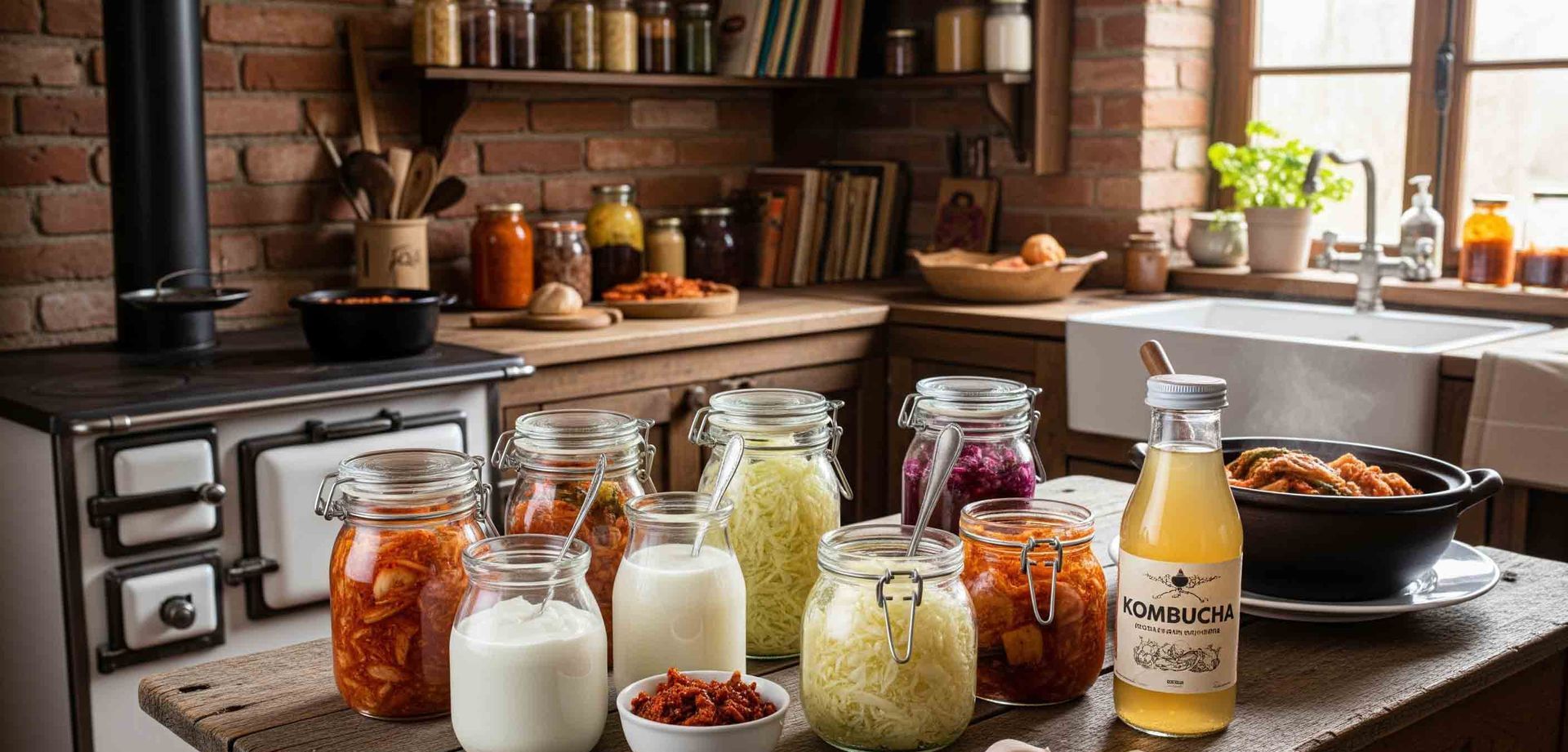
Smart Meal Planning: Sustainable Eating Habits for Weight Wellness
The idea of "dieting" often brings to mind restriction and deprivation, leading to cycles of failure. Instead, let's focus on sustainable meal planning as a way of nurturing your body with clean nutrition and natural balance. This isn't a diet; it's about adopting habits that nourish you for life[1][4][3].
- Plan Ahead: Even simple planning can make a huge difference. Dedicate a short time each week to plan your meals and snacks. This reduces impulse eating and ensures you have healthy options readily available, especially for busy professionals[4][3].
- Balanced Meals: Aim for a plate that's half non-starchy vegetables, a quarter lean protein, and a quarter complex carbohydrates. This ensures stable blood sugar and sustained energy[1][2][3]..
- Portion Control Without Deprivation: Instead of strict measuring, use visual cues: a serving of protein is about the size of your palm, a serving of carbs is a cupped hand. Listen to your body's hunger and fullness cues[1][7].
Address Emotional Eating Patterns: Recognise triggers that lead to eating when you're not physically hungry (stress, boredom, sadness). Develop alternative coping mechanisms like journalling, mindfulness, or a short walk[9][10].
Natural Boosters: Herbs, Spices, and Oils to Support Your Journey
Beyond whole foods, nature offers powerful allies that can support your health journey. While they are not substitutes for a balanced diet, they can play a significant supportive role.
- CPTG Essential Oils: Certified Pure Tested Grade (CPTG) essential oils, used aromatically, topically, or internally (when safe for consumption), can offer various benefits. For instance, peppermint oil can aid digestion, frankincense can support cellular health, and blends designed for tension relief can be applied topically. They can support stress reduction, improve mood, and even offer topical relief for muscle discomfort when properly diluted.
- Safe Natural Supplements: Depending on individual needs, certain supplements can complement a healthy diet. Examples include Vitamin D (crucial for bone health and immunity), Magnesium (supports muscle function and relaxation), and Omega-3 fatty acids (if dietary intake is insufficient). Always consult a healthcare professional before adding new supplements[4][3][5].
Move with Purpose: Gentle, Effective Exercise for Every Body
Movement is medicine, but it doesn't have to be strenuous or pain-inducing. For both weight management and chronic pain, the key is to move with purpose, choosing activities that support your body's natural healing abilities and build sustainable strength without causing harm. Overtraining can backfire, especially if stress or inflammation is high. Instead, we'll focus on gentle, restorative movements that promote true well-being[4][3][11][12].
Safe Workouts for Chronic Pain Relief
If you're living with chronic pain, the idea of exercise can be intimidating, even frightening. However, gentle, consistent movement is often one of the most effective ways to reduce pain, improve flexibility, and increase strength. The goal isn't to push through pain but to move with your body[4][3][11].
- Yoga Therapy: Focuses on gentle stretches, mindful breathing, and postures that improve flexibility, strength, and balance, often tailored to specific conditions. Styles like Restorative Yoga or Yin Yoga are excellent for pain relief[4][3].
- Pilates: Emphasises core strength, posture, and controlled movements, which can stabilise the spine and reduce pressure on painful joints[4][3].
- Stretching: Daily, gentle stretching can increase range of motion, reduce muscle stiffness, and alleviate tension. Incorporate static stretches (holding a stretch for 30 seconds) and dynamic stretches (movement-based stretches). Consider using AromaTouch support for enhanced relaxation during stretching[4][3]].
Emphasis on gentle, restorative movement means listening to your body, stopping if you feel sharp pain, and gradually increasing intensity. The aim is to build resilience, not to push to exhaustion[4][3].

Building Strength and Stamina for Healthy Weight Loss
For weight management, building muscle is incredibly beneficial. Muscle tissue burns more calories at rest than fat tissue, boosting your metabolism naturally. You don't need to be a bodybuilder to reap these rewards [3[11][12].
Resistance Training Basics:
- Bodyweight Exercises: Squats, lunges, push-ups (modified as needed), planks. These are effective and require no equipment.
- Resistance Bands: Offer variable resistance and are portable.
- Light Weights: Dumbbells or even household items (cans, water bottles) can add a challenge. Aim for 2-3 sessions per week, focusing on major muscle groups[3][11][12].
Cardio: Low-Impact Options for Beginners:
- Walking: Accessible, effective, and can be done almost anywhere.
- Swimming/Water Aerobics: Excellent for joint support as the water reduces impact.
- Cycling (stationary or outdoors): Another low-impact way to get your heart rate up[3][11][12].
The key is consistency, not intensity. Start where you are and build gradually[3][11][12].
Movement as Medicine: How Regular Activity Heals Body and Mind
Beyond the physical benefits of weight loss and pain reduction, regular physical activity is a powerful tool for your mental and emotional well-being[3][11][12].
- Stress Reduction: Movement helps dissipate stress hormones like cortisol, replacing them with feel-good endorphins. It’s a natural mood booster and can be a powerful coping mechanism for the mental toll of chronic pain[9][10].
- Improved Mood and Energy: Regular exercise enhances blood flow to the brain, improving cognitive function and reducing symptoms of anxiety and depression[3][11].
- Better Sleep: Moderate activity during the day can promote deeper, more restorative sleep at night[13][14][15].
Movement isn't just about changing your body; it's about healing your mind and fostering a sense of control and empowerment[3][11][12].
5-Minute Daily Movement Routines You Can Start Today
You don't need hours to make a difference. Integrating short bursts of movement throughout your day can accumulate into significant benefits[3][11][12].
- Morning Wake-Up Stretch: A few minutes of gentle stretching in bed or right after waking.
- Desk Stretches: Simple neck rolls, shoulder shrugs, and leg extensions you can do while seated.
- Walking Meetings: If possible, take calls or informal meetings on foot.
- Stair Challenge: Opt for stairs instead of elevators.
- Mindful Movement Breaks: Every hour, stand up, stretch, and move for 2-5 minutes.
Remember, every little bit counts. Consistency with small actions is far more impactful than sporadic, intense efforts[3][11][12].
Balance Your Mind: Mindset, Stress Reduction & Sleep Hygiene
Your physical health is intricately linked to your mental and emotional well-being. This is particularly true when it comes to managing your weight and living with chronic pain. Stress, poor sleep, and negative thought patterns can exacerbate physical symptoms and sabotage your efforts. To truly transform your body naturally, you must first balance your mind[9][16][17][10]
The Mind-Body Connection: Why Emotional Health Matters
You've likely experienced how stress can tighten your muscles, upset your stomach, or make you crave unhealthy foods. This isn't just "in your head"; it's your mind-body connection at work. Chronic stress can:
- Impact Weight: Leading to increased cortisol levels, which can promote belly fat storage and trigger emotional eating[9][16][17].
- Worsen Pain: Heightening pain perception, increasing muscle tension, and reducing your body's natural pain-fighting mechanisms[9][16][17].
Cultivating self-compassion and mental resilience is crucial. Understand that setbacks are part of any journey. Instead of self-criticism, approach challenges with kindness and a commitment to getting back on track. Your emotional health directly influences your capacity for physical healing and sustained healthy habits[9][16][17][10]
.
Mindfulness and Meditation: Tools to Stay Disciplined and Resilient
In a world full of distractions, mindfulness is the practice of being fully present in the moment, without judgement. It's a powerful antidote to stress and a tool for developing self-awareness around eating habits and pain responses[18][10].
Simple Mindfulness Practices for Beginners:
- Mindful Eating: Pay attention to the taste, texture, and smell of your food. Chew slowly and notice your body's signals of hunger and fullness. This can be transformative for emotional eating[18][10].
- Mindful Breathing: Take a few deep breaths, focusing solely on the sensation of your breath entering and leaving your body. This can quickly calm your nervous system[18][10].
- Body Scan Meditation: Lie down and systematically bring awareness to different parts of your body, noticing any sensations without judgement. This can help you become more attuned to pain signals and areas of tension[18][10].
- Breathing Exercises and Their Benefits: Deep, diaphragmatic breathing (belly breathing) activates your parasympathetic nervous system, promoting relaxation and reducing stress. Practices like box breathing or alternate nostril breathing can significantly calm the mind and reduce physical tension[18][10].
These practices help you respond to challenges with calm and clarity, rather than reacting impulsively, which is vital for maintaining discipline and resilience on your health journey[18][10].
Sleep Hygiene: Restorative Practices for a Healthier You
Sleep isn't a luxury; it's a fundamental pillar of health, as critical as nutrition and exercise. When you don't get enough quality sleep, it impacts everything[13][14][15].
- Metabolism and Weight: Sleep deprivation disrupts hormones that regulate appetite (ghrelin and leptin), leading to increased hunger and cravings for unhealthy foods. It also impairs insulin sensitivity[13][14][15].
- Pain Perception: Lack of sleep lowers your pain threshold, making existing pain feel more intense. It also hinders your body's ability to repair and regenerate overnight[13][14][15].
Improving your sleep hygiene—the habits and environment conducive to good sleep—is a game-changer[13][14][15].
- Establish a Consistent Sleep Schedule: Go to bed and wake up at roughly the same time every day, even on weekends[13][14][15].
- Create a Relaxing Bedtime Routine: This could include a warm bath, reading a book, gentle stretching, or listening to calming music[13][14][15].
- Optimise Your Sleep Environment: Make your bedroom dark, quiet, and cool. Avoid screens (phones, tablets, TVs) at least an hour before bed[13][14][15].
- Natural Aids: Consider incorporating calming CPTG essential oils (like lavender diffused or applied topically to temples), or natural supplements like magnesium or valerian root (consult a professional first)[13][14][15].
Prioritising restorative sleep is one of the most powerful steps you can take to support your weight management goals and find relief from chronic pain[13][14][15].
Cleanse, Restore, Energise, Align, Maintain: The C.R.E.A.M Lifestyle
At NPL, we believe in a holistic, interconnected approach to wellness, encapsulated by our C.R.E.A.M Lifestyle model. Each stage builds upon the last, supporting your body’s innate ability to heal and thrive for both weight management and pain relief:
- Cleanse: Focus on detoxifying the body and gut. This involves consuming clean, whole foods, hydrating well, and potentially using natural aids to support elimination pathways. For weight management, it aids metabolism; for pain, it reduces the burden of toxins that can fuel inflammation.
- Restore: Support cellular health and boost your microbiome. This means eating nutrient-dense foods, ensuring adequate sleep, and fostering gut health to help your body repair and renew itself. Crucial for tissue repair in chronic pain and metabolic function for weight.
- Energise: Focus on energising emotional and mental well-being. This includes stress reduction techniques, mindfulness, positive mindset shifts, and cultivating self-compassion. An elevated mind supports resilience against emotional eating and the mental toll of pain
- Align: Incorporate purposeful movement and physical activity. This isn't just about burning calories; it's about enhancing circulation, strengthening muscles, and promoting endorphins. Vital for both a healthy weight and reducing pain and stiffness.
- Maintain: Optimise all aspects of your health through consistent, sustainable habits, leveraging natural support like CPTG essential oils and targeted supplementation. This is about living at your peak potential.
The C.R.E.A.M model provides a roadmap for a comprehensive and sustainable approach to your health.
Creating Your Personalised Self-Care Plan
Every individual's journey is unique. The most effective health plans are those tailored to your specific needs, preferences, and lifestyle. This isn't about adhering to a rigid set of rules, but about creating daily rituals that keep you aligned with your goals[1][4][3][5].
- Tools for Tracking Habits and Progress: Use a simple journal, a planner, or a habit-tracking app. Note your food intake, exercise, sleep quality, pain levels, and mood. This helps you identify patterns and make informed adjustments[9][10].
- Start Small, Build Gradually: Don't try to change everything at once. Choose one or two habits to focus on each week. For example, start with a 5-minute morning stretch, or add one serving of vegetables to each meal[4][3][5].
Daily Rituals:
- Morning Ritual: Hydrate, stretch, a few minutes of mindful breathing.
- Mealtime Ritual: Mindful eating, chewing slowly.
- Evening Ritual: Winding down, no screens before bed, light stretching[13][14][15].
Your self-care plan is a living document; it should evolve with you[1][4][3][5].
Natural Support: How CPTG Essential Oils and Supplements Fit In
Nature’s wisdom offers powerful support to your body’s innate ability to heal and thrive. When used correctly, high-quality natural solutions like CPTG essential oils and targeted supplements can amplify your efforts[4][3][5].
- CPTG Essential Oils: Beyond their aromatic benefits for stress and mood, many essential oils have properties that can support physical well-being. For instance, Wintergreen or Copaiba can offer topical comfort for muscle and joint pain, while Lemon or Grapefruit oils can support healthy metabolism when used internally (ensure they are CPTG and safe for ingestion).
- Supplements: As discussed, certain supplements can fill nutritional gaps or provide targeted support. Dr. Nongnush’s insights into the gut-health-mind connection further emphasise the role of appropriate supplementation for microbiome balance.
Always ensure you are using pure, tested products and consult with a professional who understands your health profile, especially when integrating new supplements or internal use of essential oils[4][3][5].
Staying Consistent: Overcoming Setbacks and Celebrating Progress
The path to lasting health isn't a straight line; there will be ups and downs. The key is persistence, not perfection[9][10].
- Embrace Imperfection: One "bad" meal or missed workout doesn't derail your entire journey. Get back on track with your next choice.
- Learn from Setbacks: Instead of dwelling on what went wrong, analyse it. What was the trigger? What could you do differently next time?
- Celebrate Small Wins: Acknowledge every positive step, no matter how small. Did you drink more water today? Did you choose a healthy snack? Did you stretch for 5 minutes? These small victories build momentum and reinforce positive habits.
- Seek Support: You are not alone. Connect with a community, a coach, or accountability partners. As Joel's "Flowing Stillness" and Raksha's yoga therapy expertise suggest, guidance and support can empower you to find freedom from "moan and groan."
Remember: Sustainable habits, not quick fixes, lead to transformation. Your journey is about nurturing yourself, one consistent, positive step at a time[9][10].
Conclusion
You’ve embarked on a journey through the pillars of holistic health: nourishing your body, moving with purpose, balancing your mind, and transforming your lifestyle. The overarching message is clear: Your health is in your hands. You have the power to influence your weight, manage chronic pain, and cultivate a life filled with vitality and well-being[1][4][3][5].
We've debunked myths, offered evidence-based strategies, and emphasised the power of small, consistent habits. From understanding the gut-brain connection to embracing gentle movement and prioritising restorative sleep, every choice you make contributes to your overall health[1][4][3][5].
Are you ready to stop being "sick and tired of being sick and tired" and take the next step towards genuine transformation?
Contact Us Now
For personalised guidance and tailored support on your weight management or chronic pain journey, we invite you to book a consultation with our NPL specialists. Let us help you repair, relieve, and regain control—naturally.
Citations
- Healthy eating: applying All Our Health - GOV.UK
- The Eatwell Guide - NHS
- Health Tips for Adults - NIDDK
- 8 tips for healthy eating - NHS
- Taking Care of Your Body | How Right Now | Centers for Disease Control and Prevention
- Good foods to help your digestion - NHS
- Healthy Eating | Information from the charity Guts UK
- An NHS doctor's guide to resetting your gut health this summer
- 10 stress busters - NHS
- Stress Awareness Month: Top tips for managing stress | Latest News - Website
- CDC Physical Activity Guidelines for Americans - MSU Health4U
- Guidelines and Recommended Strategies | Physical Activity | CDC
- Good Sleep Hygiene | Homeland Security
- Sleep Hygiene Tips - CDC
- https://www.cdc.gov/sleep/about_sleep/sleep_hygiene.html
- Get help with stress - NHS
- https://www.nhsinform.scot/healthy-living/mental-wellbeing/stress/what-to-do-if-you-are-struggling-with-stress/
- https://www.oxfordhealth.nhs.uk/children-and-young-people/wp-content/uploads/sites/4/2017/06/22-Top-tips-for-reducing-stress-and-improving-mental-health.pdf
- https://odphp.health.gov/healthypeople/objectives-and-data/browse-objectives/nutrition-and-healthy-eating
- https://www.npr.org/sections/health-shots/2018/11/12/666744493/new-physical-activity-guidelines-urge-americans-move-more-sit-less
❓ What’s the best diet for weight loss and chronic pain?
The "best" diet is a sustainable, whole-foods-based, anti-inflammatory eating plan.
This emphasises fruits, vegetables, lean proteins, healthy fats, and whole grains, while limiting processed foods, excessive sugar, and unhealthy fats.
It's about finding what works for your body, supports your gut health, and reduces inflammation
❓ How much exercise do I really need?
For overall health, aim for at least 150 minutes of moderate-intensity aerobic activity or 75 minutes of vigorous-intensity activity per week, plus strength training twice a weekHowever, for chronic pain, focus on gentle, consistent movement like yoga, stretching, and low-impact activities.
For weight loss, consistency and incorporating resistance training are more important than excessive cardio. Start small (even 5-10 minutes daily) and build gradually.
❓ Can natural remedies really help with inflammation?
Yes, many natural remedies can significantly help reduce inflammation.
These include an anti-inflammatory diet rich in omega-3s and antioxidants, specific herbs and spices like turmeric and ginger, and certain CPTG essential oils applied topically or diffused.
However, they should complement, not replace, professional medical advice, especially for severe or persistent pain.
❓ What is the C.R.E.A.M holistic health plan?
C.R.E.A.M is NPL’s holistic health model, standing for Cleanse, Restore, Energised, Align, Maintain.
It's a comprehensive framework that guides you through detoxifying and supporting your body, nurturing your mental and emotional well-being, engaging in purposeful movement, and optimising all aspects of your health for sustained transformation.
❓ Are NPL’s CPTG oils safe and effective?
NPL's Certified Pure Tested Grade (CPTG) essential oils undergo rigorous testing to ensure purity and potency, making them safe for various applications when used as directed.
Many users find them effective for supporting relaxation, reducing stress, easing discomfort, and promoting overall wellness.
However, always follow usage guidelines and consult with a healthcare professional or qualified aromatherapy expert for personalised advice.
